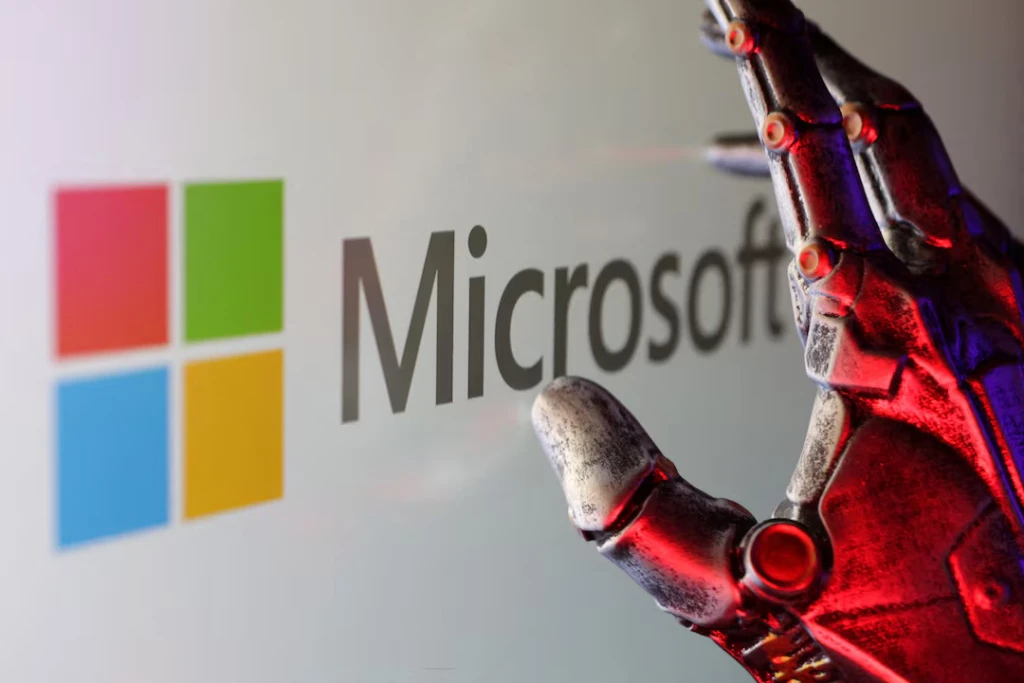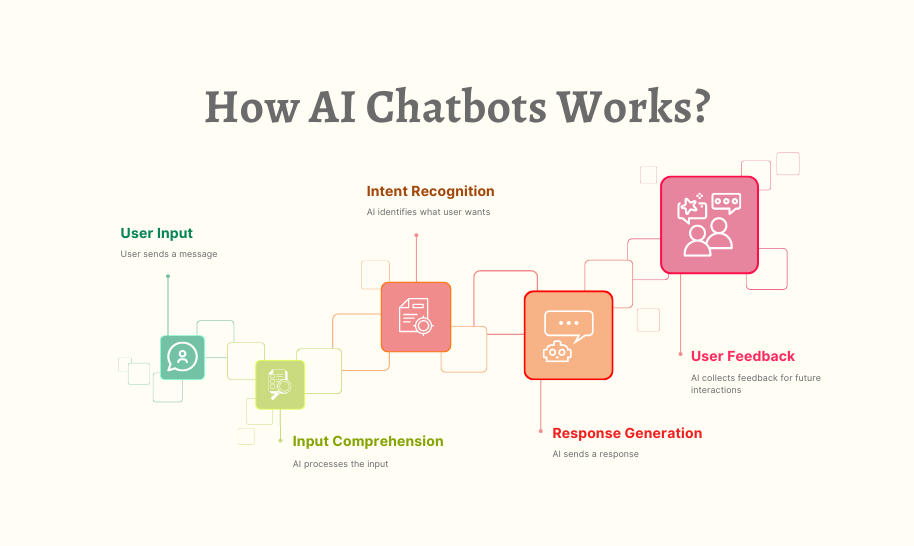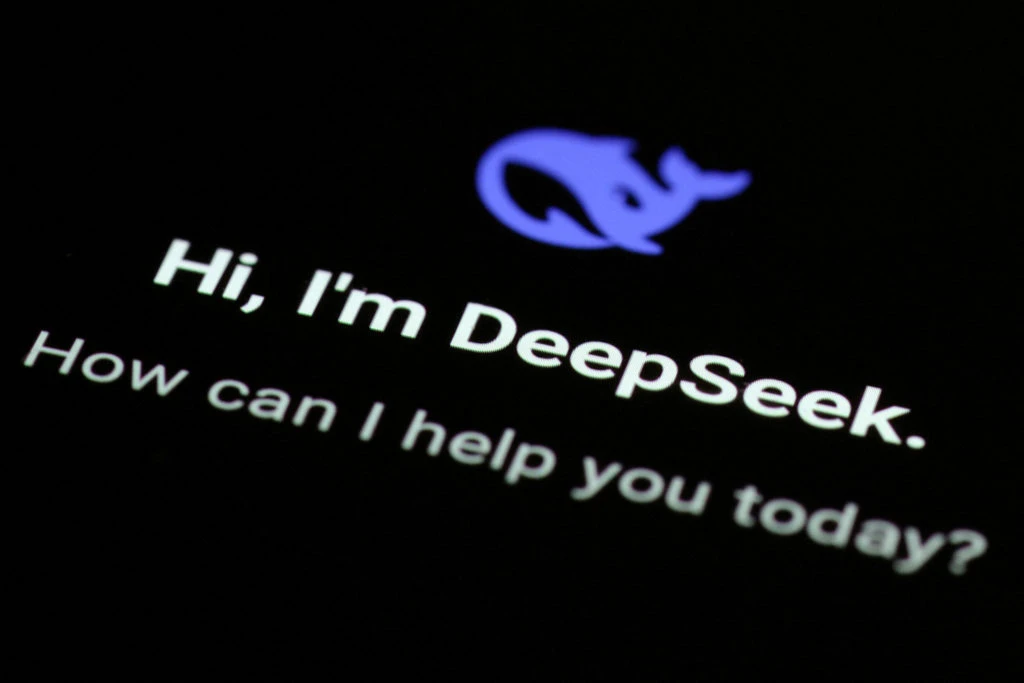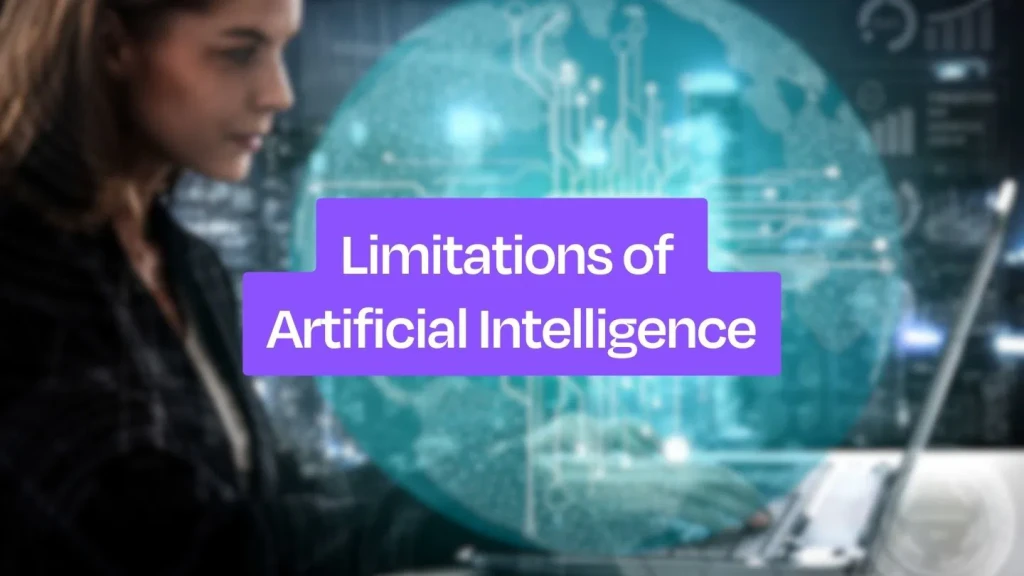Test AI on YOUR Website in 60 Seconds
See how our AI instantly analyzes your website and creates a personalized chatbot - without registration. Just enter your URL and watch it work!
1. Introduction: The Battle for AI Supremacy
As AI becomes more integral to industries ranging from healthcare to finance, Microsoft’s latest initiative represents a significant leap toward more intelligent and autonomous AI systems. This article explores Microsoft’s strategic approach, how it compares to OpenAI, and the potential implications for the future of AI.
2. Why Reasoning Models Matter
Microsoft’s reasoning models aim to:
Enhance logical thinking – Improve the ability to solve complex, multi-layered problems.
Adapt to dynamic inputs – Provide accurate responses even when information changes rapidly.
Improve contextual understanding – Analyze the broader context behind user queries for more meaningful answers.
Reduce hallucinations – Minimize incorrect or misleading information generation.
By improving reasoning capabilities, AI can handle more sophisticated tasks, from coding and scientific research to business strategy and medical diagnosis.
3. How Microsoft’s Reasoning Models Work
Microsoft’s new models are designed to break down complex problems into smaller steps. This allows the AI to reason through each component individually before generating a solution, increasing accuracy and relevance.
2. Enhanced Memory and Context Retention
Unlike standard language models that rely on short-term context, Microsoft’s models aim to retain information over longer interactions. This improves the AI’s ability to follow complex conversations and provide consistent responses.
3. Symbolic and Neural Hybrid Approach
Microsoft is combining symbolic AI (rule-based reasoning) with neural networks (pattern-based learning). This hybrid approach enables the AI to apply logical frameworks while learning from data, creating more adaptable and accurate reasoning.
4. Real-Time Adaptation
The models are designed to adapt to real-time inputs, allowing them to adjust responses based on updated information and environmental changes. This capability is critical for applications in dynamic industries such as finance and healthcare.
4. Key Differences Between Microsoft and OpenAI’s Models
OpenAI models rely primarily on pattern recognition and probabilistic modeling.
Microsoft’s models focus on logical reasoning and structured problem-solving.
2. Memory and Context
OpenAI’s ChatGPT has limited context retention across sessions.
Microsoft’s models aim to retain memory across longer interactions for more coherent responses.
3. Accuracy and Hallucination Reduction
OpenAI models sometimes generate false information confidently.
Microsoft is developing guardrails and logical frameworks to minimize these errors.
4. Flexibility and Adaptability
OpenAI models are highly versatile but sometimes struggle with complex, multi-step reasoning.
Microsoft’s models are being designed specifically to handle multi-layered problems with greater accuracy.
5. Potential Applications of Microsoft’s Reasoning Models
Diagnosing rare diseases using real-time patient data.
Recommending personalized treatment plans.
2. Finance
Analyzing market trends and predicting financial risks.
Automating high-stakes investment decisions.
3. Legal and Compliance
Reviewing contracts and identifying potential liabilities.
Providing legal guidance based on evolving regulations.
4. Customer Service
Offering more context-aware and human-like interactions.
Handling complex customer queries with greater accuracy.
5. Scientific Research
Conducting multi-step experiments and analyzing outcomes.
Identifying patterns in large datasets.
Test AI on YOUR Website in 60 Seconds
See how our AI instantly analyzes your website and creates a personalized chatbot - without registration. Just enter your URL and watch it work!
6. Challenges Microsoft Faces
AI reasoning models require vast amounts of data to train effectively, raising concerns about data privacy and security. Microsoft will need to implement strict guidelines to protect user information.
2. Bias and Fairness
AI models are susceptible to bias, which can affect decision-making outcomes. Microsoft will need to refine its training datasets and algorithms to minimize bias.
3. Regulatory Compliance
Global AI regulations are evolving rapidly. Microsoft must navigate these complex legal frameworks to deploy its reasoning models internationally.
4. Performance vs. Efficiency Trade-Off
Enhanced reasoning often requires more computational power, which can lead to increased costs and energy consumption. Microsoft will need to balance accuracy with efficiency.
7. How Microsoft Could Gain a Competitive Edge
Microsoft’s AI reasoning models are likely to be integrated with products like Microsoft Office, Azure, and Dynamics 365, giving the company a significant advantage in the enterprise market.
2. Strategic Partnerships
Collaborations with academic institutions and AI research labs could accelerate development and enhance model performance.
3. User Feedback and Iteration
Continuous refinement based on real-world user feedback will help Microsoft stay competitive.
4. Open Source Potential
If Microsoft decides to make parts of its reasoning models open source, it could attract developer engagement and accelerate innovation.
8. What This Means for OpenAI
Competition between Microsoft and OpenAI could lead to faster AI advancements, improved accuracy, and better user experiences across industries.
9. Conclusion
While OpenAI remains a dominant force, Microsoft’s strategic focus on reasoning and adaptability could position it as a leader in the next wave of AI innovation. Businesses and developers should closely monitor this emerging rivalry, as it promises to drive transformative changes in artificial intelligence.






